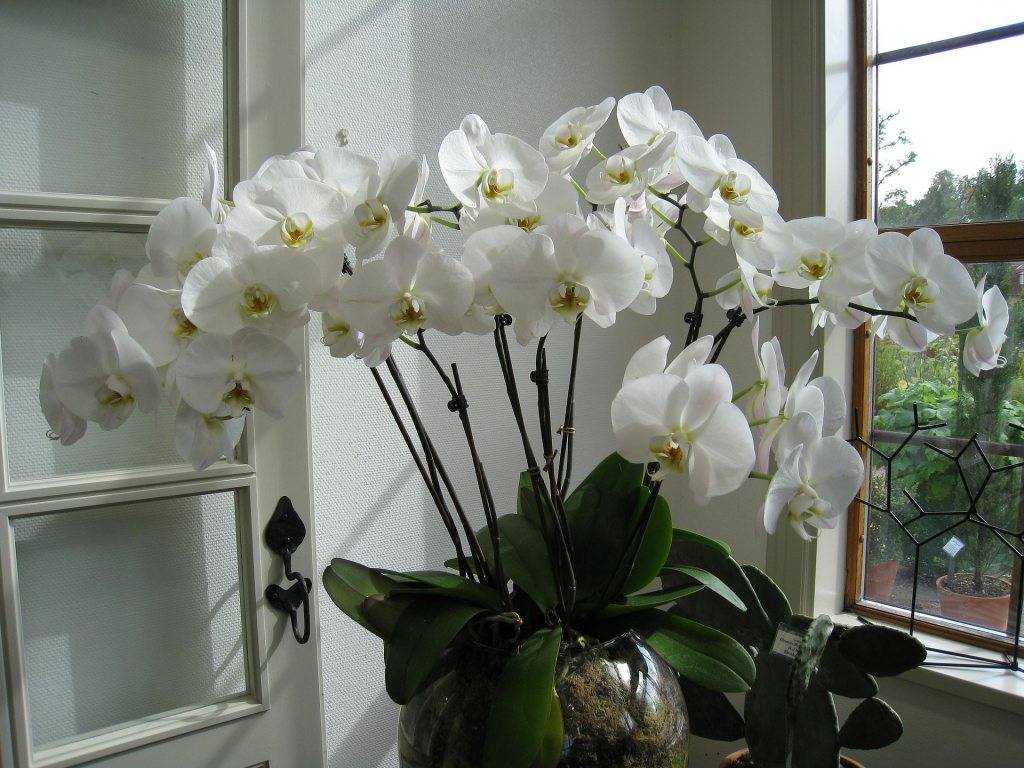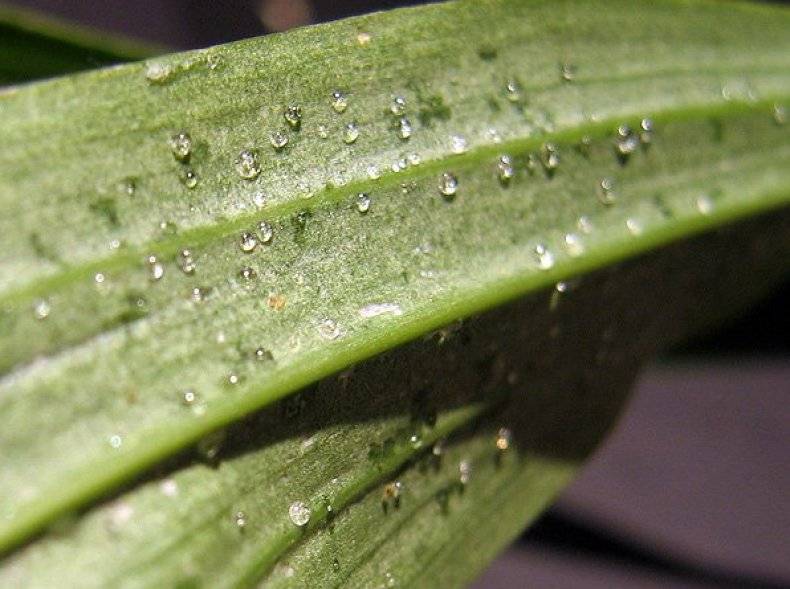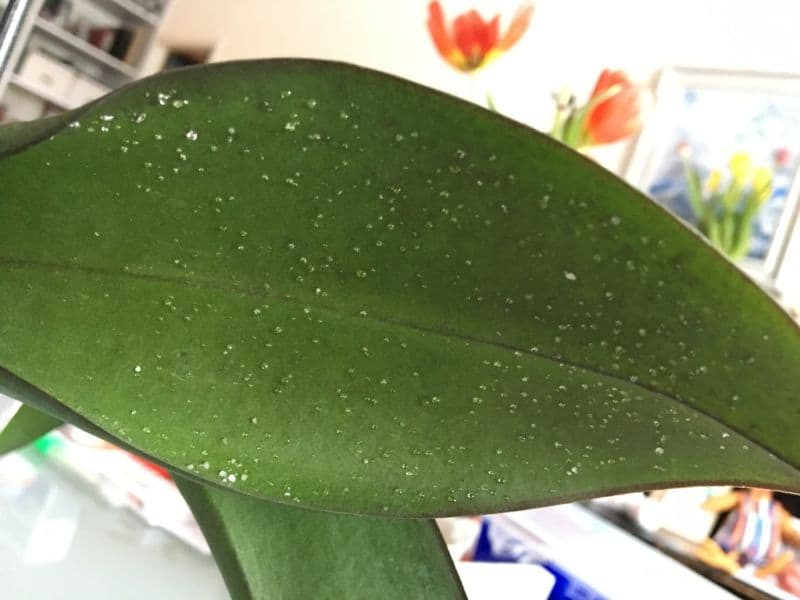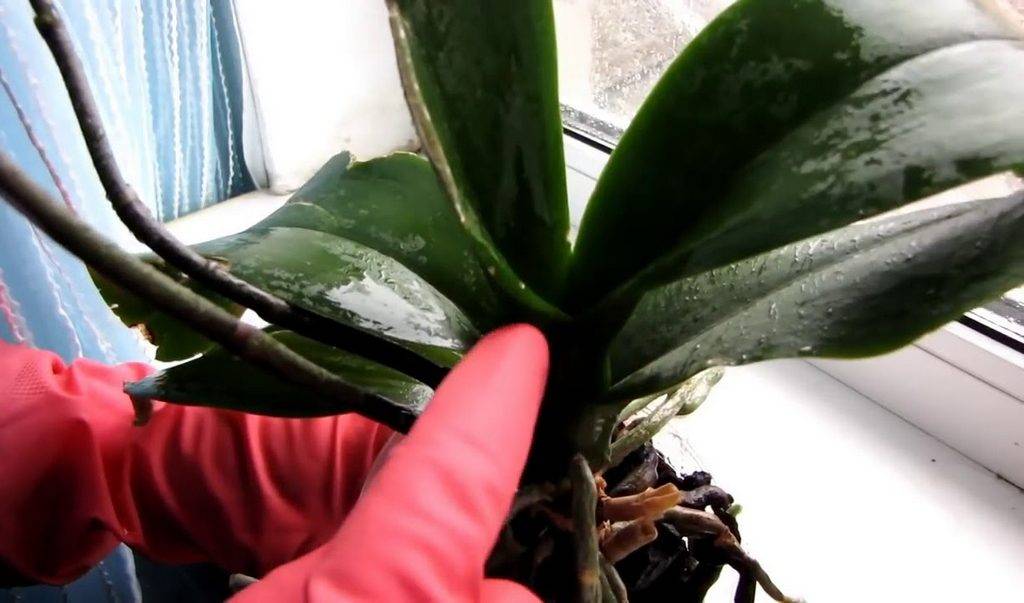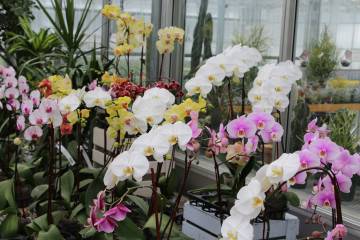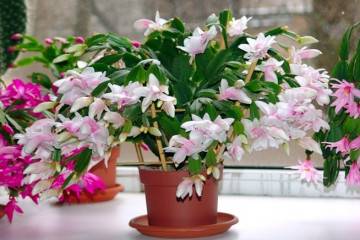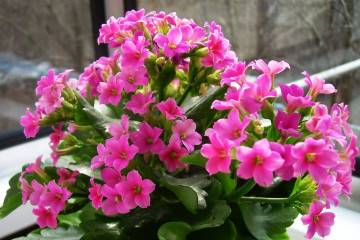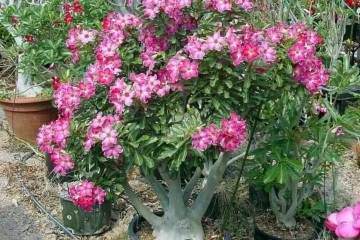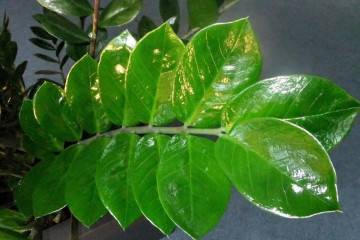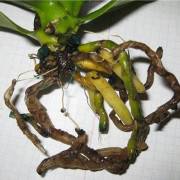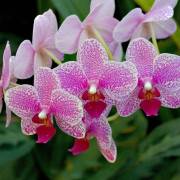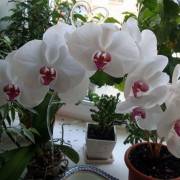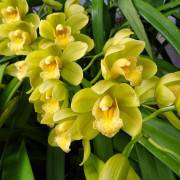On the orchid on the leaves, drops are the reasons
Content:
Orchids are amazingly beautiful home grown flowers. The owners try to take good care of them so as not to lose their decorative appearance. Often, small drops appear on the leaf plates of orchids. Many do not pay special attention to this, but such drops can speak of the first signs of various kinds of problems or diseases.
What is it
After seeing sticky drops on an orchid, most beginners wonder what it is. Indeed, they have a very viscous foamy structure, externally like water droplets. The liquid is colorless, but denser than water.
In addition to the leaf surface, droplets can form:
- on the shoots;
- on peduncles;
- over the entire surface of the petals of the buds.
The process of droplet formation on the leaves is called transpiration. A sweet liquid appears from the leaves, and it is formed after the processing of sugar in the cells of the plant. Sometimes this phenomenon is called "flower nectar", but this is not always true.
Orchid transpiration functions:
- bait for insects pollinating the bush;
- trap for pests and parasites.
The main reasons for the appearance of drops
The reasons why orchids have sticky leaves are both natural and unnatural. An important role is played by unfavorable conditions of detention: dry air, low or, conversely, too high a temperature.
The reasons for the appearance of transparent, less often dull white, sticky drops on the surface of the leaf plates:
- Attracting pollinators. This is the most natural and harmless reason when the stickiness of the sheets is of a natural nature.
- Damage by pests. Mealybugs, aphids, whiteflies, spider mites, and scale insects can be responsible for transpiration of orchid leaf blades. First, a pale bloom appears on the upper side of the leaf. If the bush is not cured in time, then the leaf will suffer from the bottom as well, until it completely falls off.
- Bush diseases. The appearance of powdery mildew on an orchid, sticky drops on the leaves of which are the first sign of this disease. The disease is infectious and therefore requires immediate treatment.
Another major cause of transpiration is poor plant conditions. These include:
- hypothermia of the bush and sudden changes in temperature;
- excessive watering;
- poor quality irrigation water: cold and hard with harmful impurities;
- lack or excess of fertilizers;
- high humidity rates.
Signs of illness
It is not always possible to correctly diagnose the true cause of transpiration. In order to avoid mistakes, first of all, it is necessary to inspect the bush for the presence of pests. They are usually located on sheet plates, most often on the reverse side.
Spider mites weave a thin web that wraps around stems and leaves. Powdery mildew is characterized by the appearance of white oval insects and a whitish bloom on the foliage surface. Many parasites hide in the axils of the plant. After the appearance of spots, the foliage begins to die off and turn yellow.
Another sign indicates the presence of pests - a smeared sticky liquid on the leaf due to the fact that insects move along the surface. Sometimes you can see dark spots on the liquid - pest excrement.
The natural character of transpiration is manifested by the following signs:
- The droplets are clean and transparent, the surface around them is also free of any contamination.
- Drops are located only along the edge of the leaf plates and around the pedicels.
Potential pests
One of the main reasons why orchid foliage can be covered with sweet spots is the appearance of pests. However, the defeat of not all types of orchid parasites provokes the formation of transpiration on the flower leaf.
As a rule, the orchid begins to "cry" due to the defeat of powdery mildew. Powdery mildew is a disease caused by mealybugs. They are not difficult to identify both by their bodies and by the nature of the appearance of drops. They are different from a liquid that occurs naturally.
When affected by mealybugs, the liquid on the surface of the leaves has a white tint and is not located in perfect droplets. It looks like a plaque, on which sometimes white specks are present - the parasites themselves.
Powdery mildew disease has several stages:
- Initial, at which rare drops appear.
- Medium - the formation of a white bloom on the leaf plates, which gradually acquires a gray tint.
- The latter - the liquid begins to turn black, the leaves seem to be smeared with gray soot.
The spider mite is also the cause of the appearance of a white bloom, on which sweet liquid begins to collect. The leaves become sticky to the touch. Insects have very small bodies and are practically invisible to the naked eye. The only thing that gives them away is the presence of thin cobwebs on the bush.
Another reason for the occurrence of this ailment is the defeat of the aphid bush. They are located on the underside of the leaves and are well distinguished on their surface. Insects secrete a liquid that looks like droplets that appear during transpiration.
What to do
The first thing to do before treatment is to conduct a thorough visual inspection of the entire bush. It is necessary to confirm or exclude the presence of pests on the orchid.
If parasites have been noticed, take the following measures:
- complete isolation of the bush from other plants so that the disease cannot spread further;
- removing parasites with a cotton swab or napkin from the surface of the leaves;
- pruning of affected shoots and leaves;
- washing the bush with a solution of soap or potassium permanganate;
- insecticide treatment - special chemicals against parasites, acaricides are used to combat spider mites.
If the cause is a disease of the bush, it is treated with fungicides. Insulation of the plant and rinsing under a warm shower are also necessary first. It is recommended to carefully process the bush to remove drops completely without leaving sticky areas on the leaf. Before treating with fungicides, it is recommended to hold the bush for half a day in a dry room so that it dries out from moisture. If the disease is infectious, transplanting the flower into a new pot is necessary, replacing the soil with a new one.
If the problem is improper care, you need to take more care of the plant. The orchid is washed in the shower to remove any sticky areas on the bush. Then allow to dry at room temperature. The procedure is repeated regularly until the plant looks healthy.
Prevention methods
So that transpiration cannot form and problems that are dangerous for the normal development of the orchid do not arise, it is necessary to properly care for the flower and regularly carry out prevention.
Preventive measures to prevent sweet drops on orchid leaves and strengthen immunity:
- keeping the bush in diffused lighting conditions;
- the optimal temperature of the content should be within 21-24 degrees;
- planned feeding with complex mineral fertilizers once every two weeks;
- transplanting with a complete renewal of the soil mixture every 2 years;
- watering with quality water;
- periodic loosening of the soil 3 centimeters deep.
It is known that orchids are very capricious in their care, which is why they often get sick. Sticky drops on leaf plates do not always seriously disturb owners.
However, often an unpleasant attack falls on orchids - drops on the leaves can acquire a white or dark coating. Then the problem can become a real disaster, as the bush soon dies. Therefore, the most important question when sticky droplets appear on an orchid is: what to do in this case. If you take regular preventive measures in time and properly care for the flower, these problems can be easily avoided.
